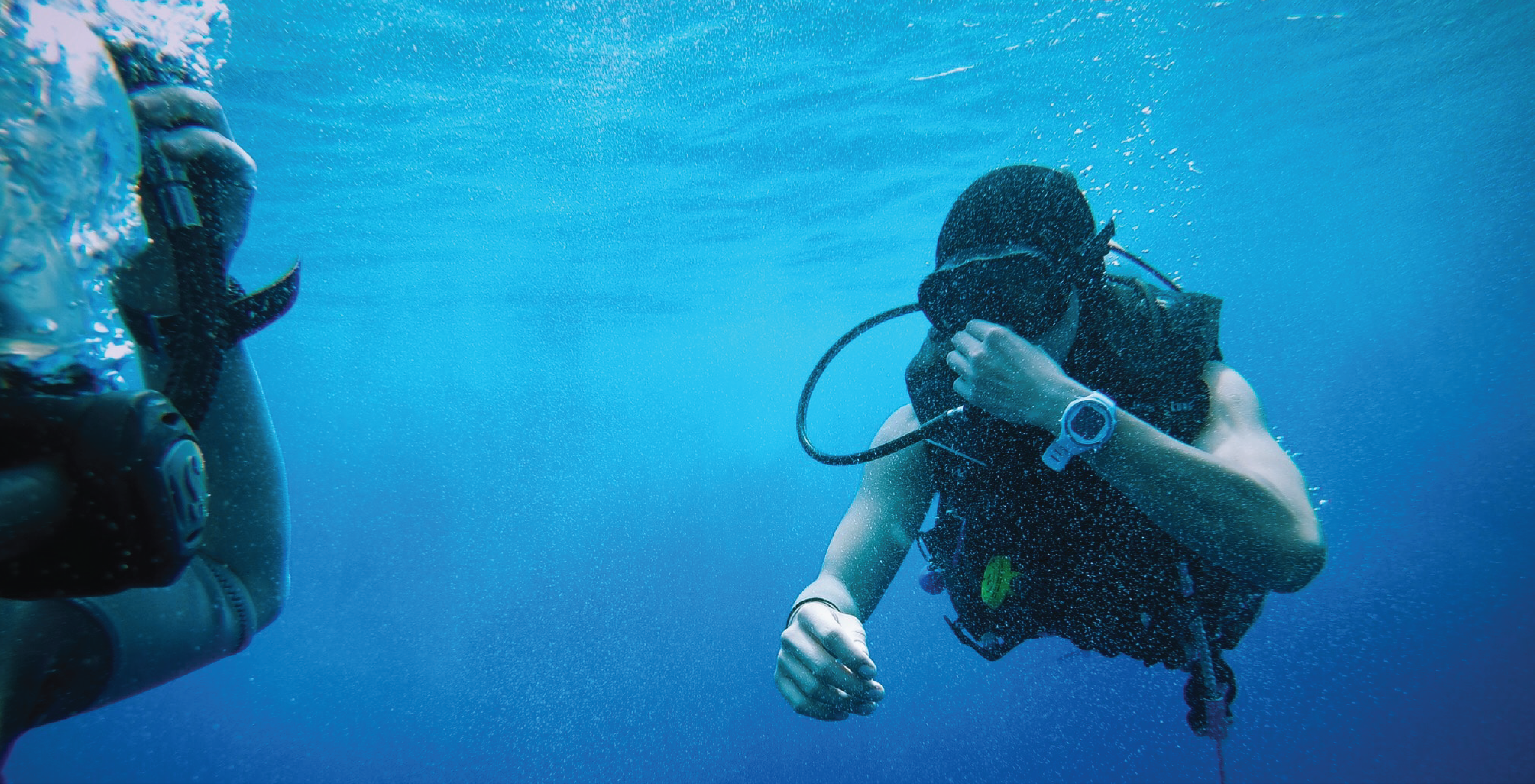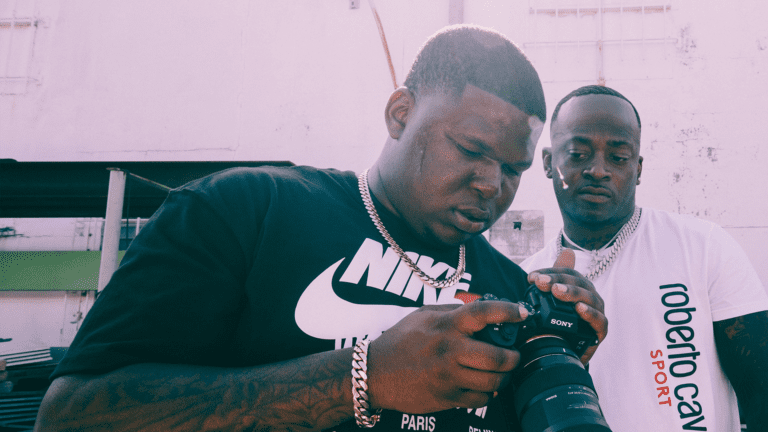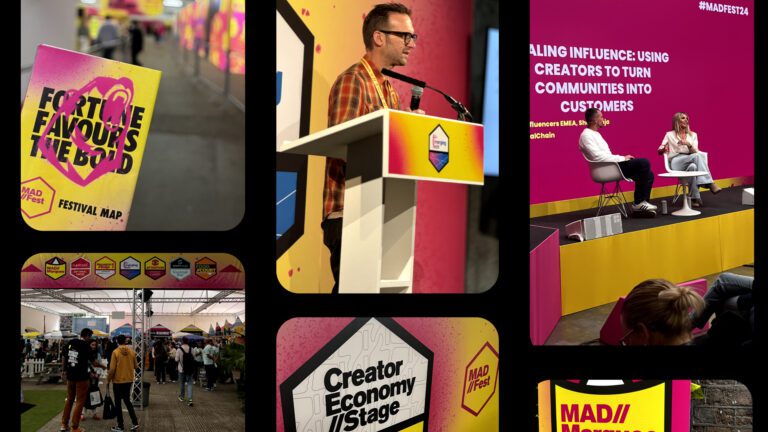Why your social content should make people curious
Curiosity. It’s a powerful thing.
Especially for OceanX. A household name in ocean exploration, OceanX – AKA “the NASA of the sea” – is well versed in using social to make people care as much about conserving our oceans as what’s actually living in them.
We caught up with Shannon Forrey, the brand’s director of social and digital media, on the latest episode of the Social Minds podcast. Shannon shared actionable insights on why more brands and marketers should want their followers to get curious on social.
Translators of science
So how do you spark curiosity? Make them want to get curious in the first place. In short, make people care.
According to Shannon, this all comes down to one thing: relatability. “It’s our job to be translators of science so people understand what’s happening and why it’s so important,” she explains. “It’s a global ocean. Just because something’s happening in one place, doesn’t mean it’s not going to have an effect elsewhere in the world.”
OceanX’s social strategy is to bridge the knowledge gap between what people are unaware of and what they care about by leaning into the “edutainment” vertical. Their content focuses on making complex concepts understandable by meme-ifying bioluminescent jellyfish on TikTok, asking X/Twitter users to comment which sea they’d be, and livestreaming deep sea dives on YouTube.
But “relatable” doesn’t mean “dumbing down”. Instead of underestimating followers’ intelligence, Shannon stressed the importance of crafting content that opens up discussions.
The aim is to make information sticky; to get viewers to pass on one thing they learned from a social post to a friend or colleague. With terminology like “chromatic aberration” (what happens to a squid’s pupils) and “cnidocytes” (stinging cells) frequently cropping up in their work, this benchmark can help to bridge the gap.
A new generation
Influencer marketing has risen from bolt-on to baseline for social campaigns in a few short years. But it’s not a one-way ticket to authenticity. Like any marketing strategy, there’s still a lot of room to go wrong.
It might be unexpected for an ocean conservation non-profit, but influencers – or, in this case, science communicators – are pivotal to OceanX’s important work.
The media team collaborates with experts in their field, such as Dr Sarah McAnulty, a squid biologist who programmed and worked on OceanX’s Squidtember campaign (more on that later). More than their scientific expertise, they’re also communicators whose aim is to generate public interest in scientific topics and inspire a new generation of scientists.
“Science can often be very elitist. That’s something we’re trying to break…representation is a big focus for us on social.”
As opposed to traditional creator partnerships, where an influencer might promote a brand’s product as part of their work, OceanX collaborates with science communicators from all reaches of the science community to make content that’s both factually accurate and easily digestible.
Representation is also a vital part of the company’s vision, bringing Young Explorers on board (literally) to make ocean exploration accessible to students and early careers professionals. “Science can often be very elitist,” Shannon says. OceanX is doing its bit to dismantle those barriers by partnering with organisations like Black in Marine Science (BIMS), a nonprofit which uplifts Black voices in the field.
Advocates, not followers
Engagements vs. followers is somewhat of an age-old battle, but it’s one Shannon thinks we should put to bed: “Organisations love follower counts, but what I really look for is that engagement factor.”
For OceanX, comments and replies aren’t just making a spreadsheet look impressive. They’re providing the team with valuable feedback, fuelling content creation and community building.
All this puts the brand one step closer to its overall mission: conversion. Specifically, converting people from curious followers to ocean advocates.
Campaigns like Squidtember helped OceanX grow its social following from two million to over six million in the space of a year. Inspired by the success of Shark Week, last year OceanX generated a similar buzz – and served its audience’s interests – by focusing on squid-related content during the month of September.
When OceanX’s squid videos gained momentum on social – one YouTube Short has over 14 million views – the social team took it as a signal to produce more of the same. “It gave us an ownable piece of the internet for a month,” adds Shannon. The plan is to reactivate Squidtember this year, collaborating with science influencers to continue the conversation.
“Find your niche. Find your area where you can break through the noise. That’s what Squidtember did for us.”
Whether it be coral reefs or carpet sharks, OceanX’s ability to make even the most technical of topics understandable to the everyday follower is something every brand should take note of.
Next time you finish a product-focused video, check OceanX’s TikTok feed first – and get a sense of what you’re really up against.
How you can kindle curiosity on social:
- Remember, for people to be curious they have to care first.
- Avoid information overload by focusing on one thing you want people to learn from each piece of content you make.
- Don’t place too much stock in follower counts. Instead, prioritise meaningful engagement. Don’t neglect the comments!
- Even the smallest of niches has big potential. Take inspiration from Squidtember and create ownable, exclusive moments relative to yours.
- It’s possible to make serious subjects fun. Experiment on TikTok – the platform lends itself to a more laid back TOV.





